Here's what we know about the SAS
- Published
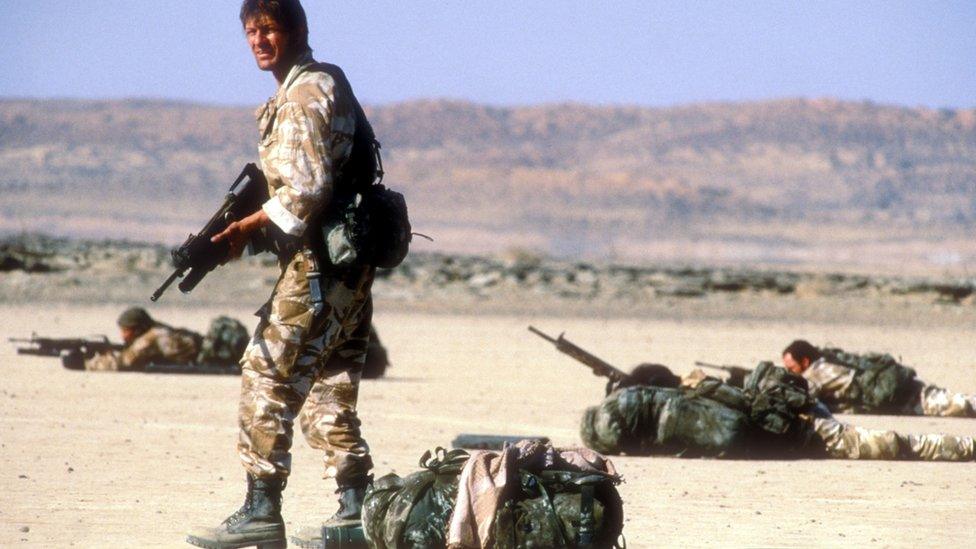
Bravo Two Zero: The book and TV show lifted the lid on SAS secrets
David Cameron wants The Ministry of Defence (MoD) to spend more money on the Special Air Service (SAS).
The Prime Minister has made the call as part of the strategic defence and security review to combat the threat of Islamic State (IS) extremists.
He also wants the MoD to spend some of the extra £1bn in its budget on drones and has asked defence chiefs to consider investing in new spy aircraft.
So what do we know about this secretive special force?
What does the SAS do?
Members of the SAS are trained to tackle anything from counter-terrorism to operations behind enemy lines.
It was created in World War II to drop troops by parachute behind enemy lines and since then has been involved in missions in Iraq and Afghanistan.
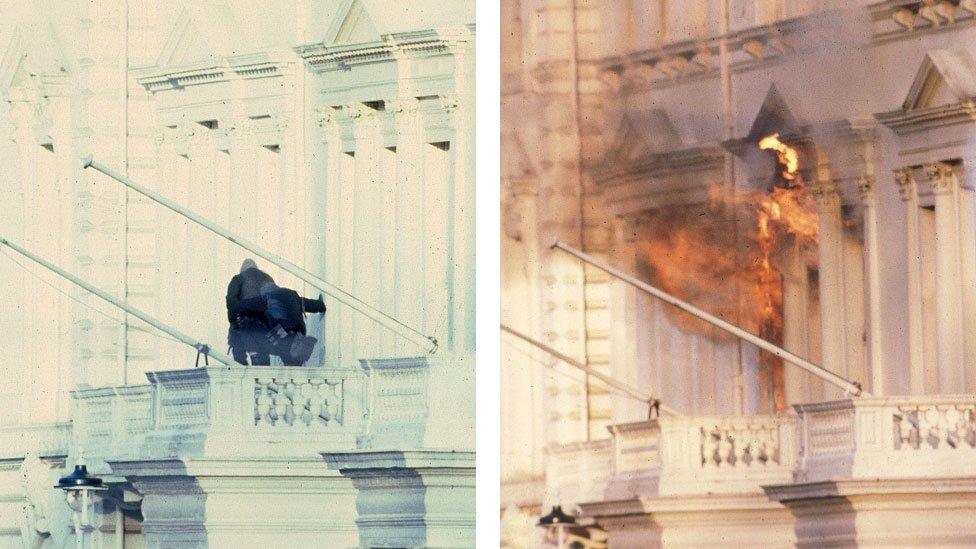
The SAS have fought all over the world - including in London during the Iranian Embassy siege in 1980
Talking about the calls in increase spending on drones and the SAS, David Cameron said: "In the last five years, I have seen just how vital these assets are in keeping us safe."
Because of the nature of their missions, the finer details how they operate are kept a secret but they do say that the kind people they recruit "are not found in abundance".
Who can join?

The SAS badge might look like a winged dagger, but it's actually King Arthur's sword Excalibur with flames
You have to be male to apply and aged from 18 to 32 years and 364 days, unless you've been got previous military service in which case you've got until just before your 35th birthday.
They suggest "applicants must be able to commit to considerable training demands and willing to deploy overseas" and should be "physically and mentally robust".
Oh, and you should be able to swim and tread water for five minutes.
The Army says people good enough to join "are not found in abundance".
The selection process for the SAS faced criticism when it emerged three men had died in an exercise in the Brecon Beacons on one of the hottest days of 2013.
Reservist training has since been changed.

Cpl James Dunsby, L/Cpl Edward Maher and L/Cpl Craig Roberts took part in the exercise in 2013
It's not always called the SAS
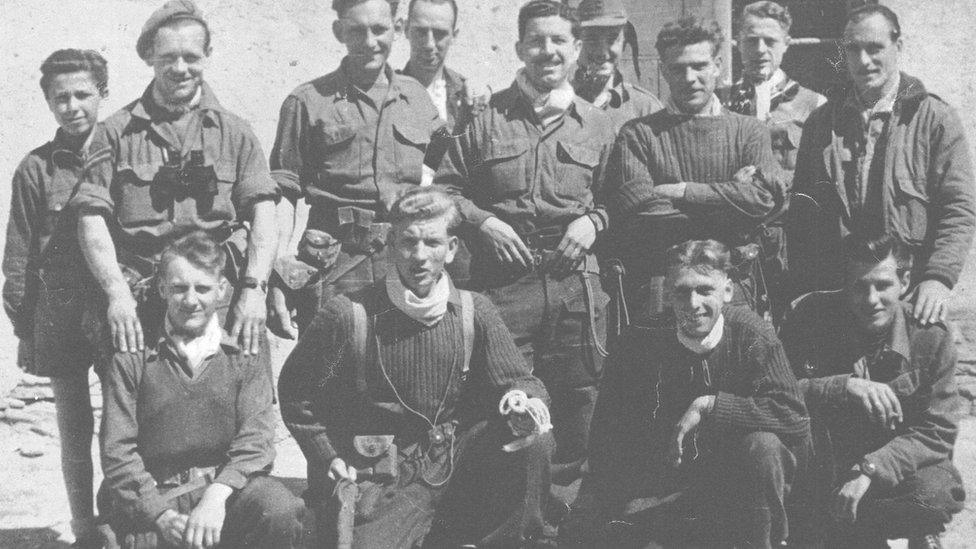
The SAS was formed in World War Two
The SAS is often known as "The Regiment" or "Hereford".... because it's based in Herefordshire.
The name "flat heads" is also used in reference to their flat berets and are also sometimes affectionately known as "The Lads".
Don't pretend you're in the SAS
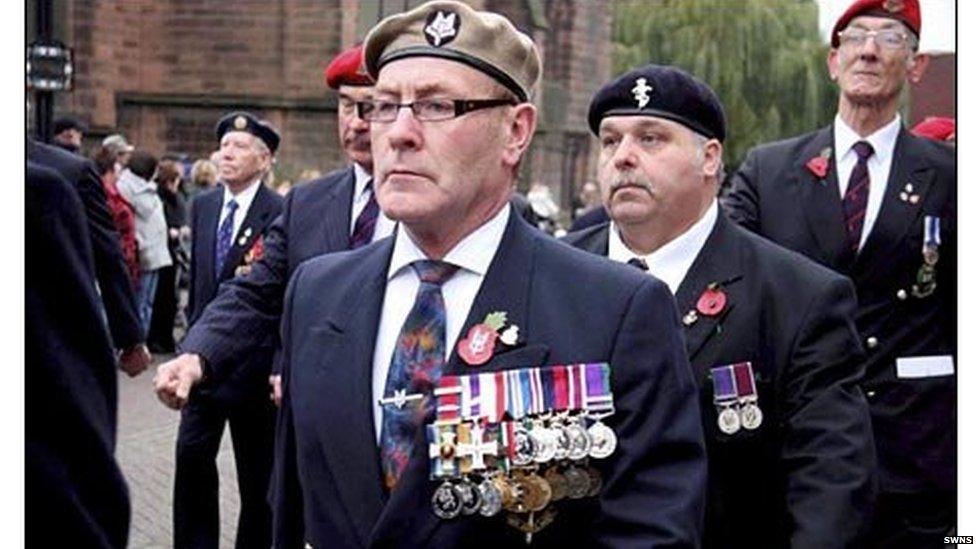
Roger Day had significantly more medals than anyone else at a march in 2009
Or any part of the army for that matter. It's illegal to wear a military medal you didn't earn.
In 2009, Roger Day marched at a Remembrance Day parade in Warwickshire, last November wearing 17 medals with an SAS tie pin and beret when most of the others marching wore one or two or three medals.
After being spotted by the public, he pleaded guilty to unlawfully using military decoration and was ordered to community service.
You might recognise a former member
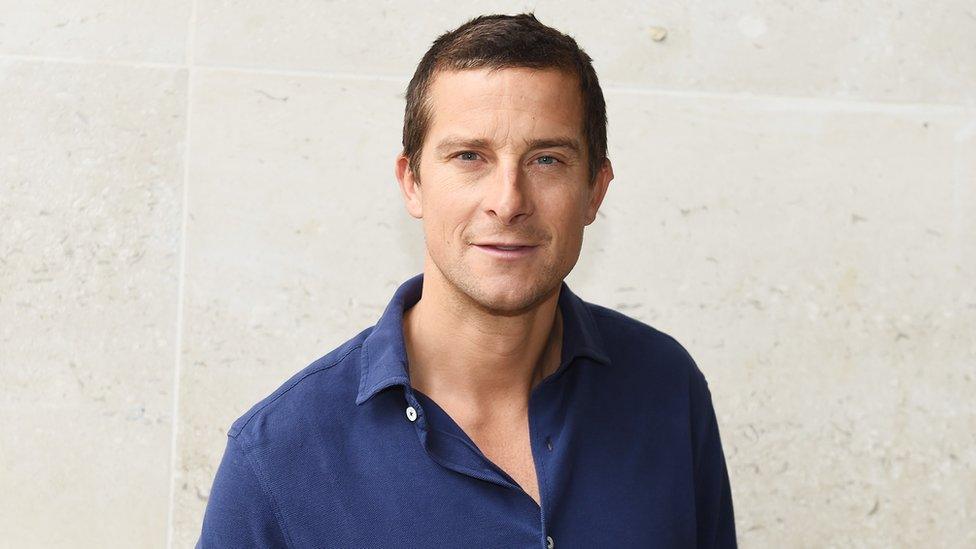
All-round outdoors guru Bear Grylls served as a reservist with 21 SAS for three years until 1997.
During his time there he suffered a parachuting accident, which partially crushed three vertebrae.
According to his surgeon, Grylls came "within a whisker" of being paralysed for life and at first it was questionable whether he would ever walk again.
Follow @BBCNewsbeat, external on Twitter, BBCNewsbeat, external on Instagram and Radio1Newsbeat, external on YouTube and you can now follow BBC_Newsbeat on Snapchat